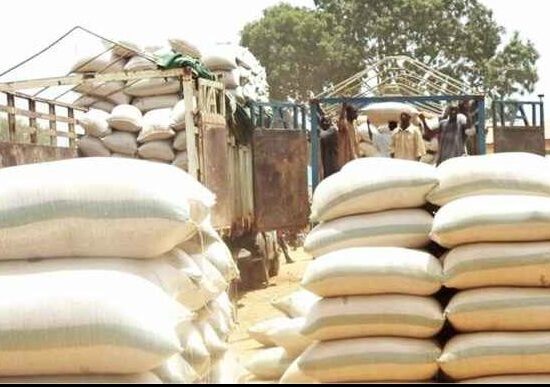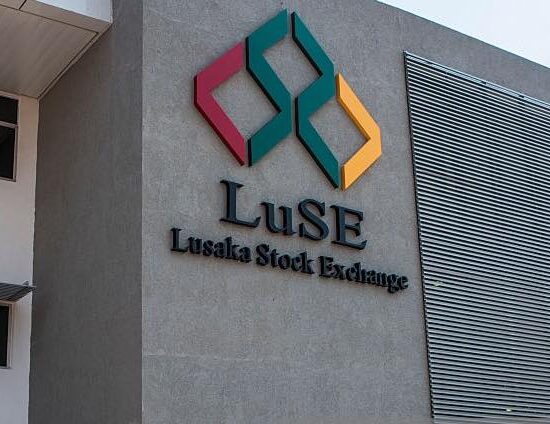
Zambia has recorded a trade deficit of K119.5 million (about US$6.6 million) in February 2020, a reversal from a January 2020 trade surplus of K2,352 million.
The Zambia Statistics Agency told the Zambian Business Times – ZBT that exports declined by 6.5% to K7,829.1 million in February 2020, down from K8,375.0 million in January 2020, while imports increased by 32.0% to K7,948.6 million in February 2020, from K6,023.3 million in recorded in January 2020.
Zambia Statistics Agency Interim Statistician General Mulenga Musepa told ZBT in a an emailed statement on March 26, 2020, that the fall in exports was mainly attributed to a 9.4 decline to K5,626.0 million in traditional (copper and copper related products) exports earnings, while non copper exports rose by 1.8% to K2,203.2 million in February 2020.
Musepa explained that Copper export volumes during February 2020 fell by 11% to 64,000 metric tonnes. “The London Metal Exchange – LME copper prices declined by 6% to US$5,686 per metric tonne in February 2020. During February 2020, Agricultural traditional exports increased by 21% while non-traditional Agricultural exports (Agro NTEs) declined by 5%. Agricultural traditional for Zambia exports include Tobacco, Sugar, and Soyabean products while non traditional exports mainly include Emeralds, Sulphuric Acid and Cement,” he said.
He said higher import bills mainly driven by the increase in imports for consumer goods which accounted for 58% while capital goods accounted for 25%. He explained that major export destination in February 2020 continued to be Switzerland at 40% followed by China at about 24% copper products. Switzerland is head office for Mopani copper mines parent company, Glencore were copper exports are booked.
The Congo DR was third accounting for about 15% of the total export earnings in copper concentrate. These three countries accounted for 78% of Zambia’s total export earnings.
On the Imports side, major source for February 2020 was China at 28% mainly for Machinery and construction equipment for various uses. This was followed by South Africa with about 25% which is mainly composed of consumer goods and then the UAE accounting for about 14%. The gulf region is the main source for crude oil for Zambia, and these three countries accounted for 67% of Zambia’s total imports”, he added.
Zambia risks running a steep trade deficit as copper demand and prices have been negatively affected by the global covid 19 outbreak. The flip side though is that imports are also expected to drop as South Africa, who are the largest consumer goods exporter to Zambia have put in place a lockdown which has slowed down cargo and people movement.
Chinese exports to Zambia for machinery and construction equipment is also expected to slowed down, together with crude oil imports as the Zambian economy is also slowing down on COVID 19 health measures being implemented.







